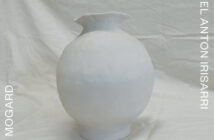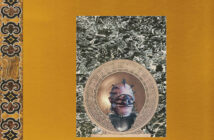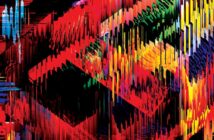
The compositions cobbled together as Alone At Last were originally installation works and thus derive from a confined and limited performing space and time. Wrenched out of this context, and without extensive linear notes to fill in the blanks, the work presented here seems of an altogether different sort, estranged as it is from its own social function and historical value.
Perhaps the title is ideal. Pried from their respective shells, the works are no longer so much invested and thus obligated to signify; they float, are brought closer, offered up to one’s stereo, and, either through habit or concentration, are subject to scrutiny, both in terms of their individual segments and how, in various ways, they fit together to form a whole.
The intense liberation of these compositions, restrained at first and then suddenly thrown into the air, comes along quite well. Pieces want for nothing. The opening selection is aglow with the sound of rain and dried insects rustling against each other in the green ambient air of evening. Numerous other tracks are also painted with recognizable particles, and appear, at least during the opening movements, as strangely orderly and tranquil in mood.
Always, though, what for the time being suggests the glade of a swarming landscape soon proves ready to hurl itself into chaos. “Come On Up” does as much, as feet stomping up a stairway and an animated dialogue from a Spanish television program give onto feathery tones that sustain a hovering sense of abstraction for most of the tracks nineteen minutes. Toward the end, though, details emerge from the pieces hayfield simplicity: thrumming orchestral and keyboard samples of a metallic sheen grow more prominent, jostling and colliding as they unfurl an eerie mournfulness laden with decorative electronic trills and fidgety figures.
As the tonal palette is vastly extended and the swathes of tones cluster and mingle to feverish effect on the aforementioned track, Schaefer as a composer remains noticeably breezy and unruffled, upholding an orderliness and clear, ingenious progression, and finally dotting all of the i’s and tying the loose strings together in a resolute manner. Owing to this strident approach and exquisitely calibrated judgment, the shimmering, stately cascades of high-frequency tones found on other compositions succeed in absorbing the listener, just as in other places it ensures they are rejected or otherwise rearranged. Alone At Last is thus not without its own coherence; Schaefer’s musical masks feed off each other and establish a setting that is both old and new.
Max Schaefer



